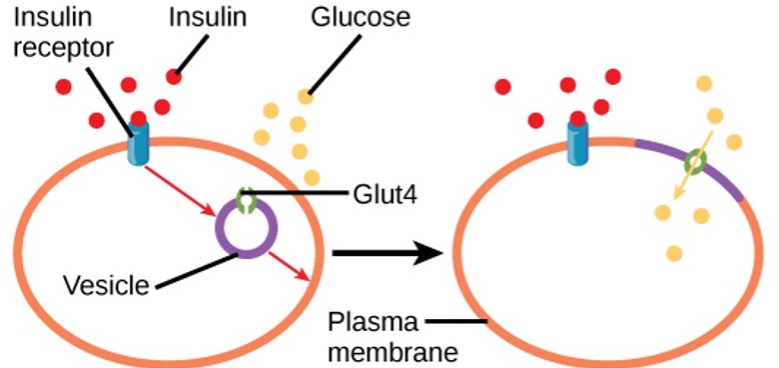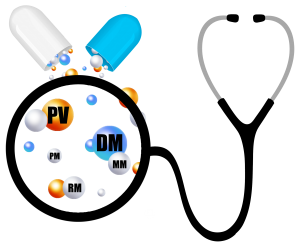Insulin Resistance – What does it mean?

Here are some interesting facts about glucose metabolism, insulin sensitivity, and insulin resistance:
1. Digestive enzymes break down food into smaller particles and nutrient molecules to be absorbed by the gastrointestinal tract.
2. Carbohydrates are broken into monosaccharide molecules called glucose molecules.
3. Glucose is an important source of energy and fuel for many body organs, and to be used by these organs, the glucose must enter the cells first.
4. Cells are locked doors, and insulin is the master key!
5. Insulin is the chemical messenger crucial for the cellular uptake of glucose.
6. The rise in blood glucose level stimulates pancreatic insulin secretion which triggers intracellular transport of glucose and results in normal blood glucose level.
7. Healthy lifestyle and dietary changes make the cells more sensitive to insulin allowing them to use glucose more effectively.
8. When things go crazy, our bodies change the locks of the doors thus the cells become less sensitive to insulin and people are more likely to get type 2 Diabetes Mellitus.
9. Statistically, 1 in 4 develop type 2 Diabetes Mellitus without knowing (Prediabetes).
10. High blood sugar damages our blood vessels resulting in microvascular and macrovascular complications including retinopathy, nephropathy, neuropathy, heart disease, stroke, and peripheral vascular disease
11. Recent population-based studies revealed a high prevalence rate of insulin resistance and linked insulin resistance to lifestyle extremes: fast-paced stressful lifestyle and inactive sedentary lifestyle.
12. Physical activity, healthy nutrition, and reducing stress play a crucial role in fixing the door lockers.
